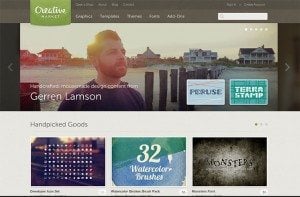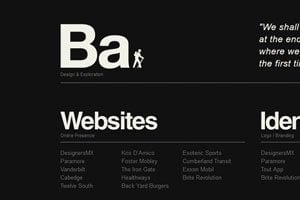
Business / 13 Feb 2013
Treat Every Release as if It Were Your Last
Since the beginning of time, the design process has remained mostly the same. Design comes before development. Talented designers pour over examples, studies and hypothesis to produce something deemed worthy of releasing. However, since the old days, a lot has changed in the way we build things, especially in software development.
With the lean revolution upon us, people have traded isolation rooms and waterfall planning charts, for open spaces and continuous delivery. As tough as the transition has been on developers to find new methods and change mindsets, people often overlook the fact that the process has fundamentally changed for most designers. But in a world where test and learn is the law, we’ve created a battle between quality and deadlines. That’s why I urge every designer I meet: treat every release as if it were your last.










